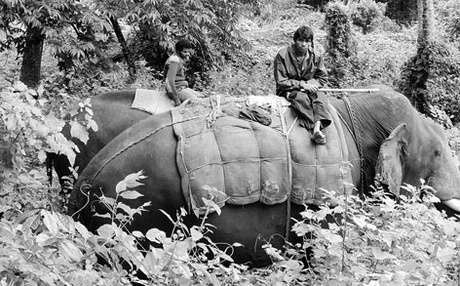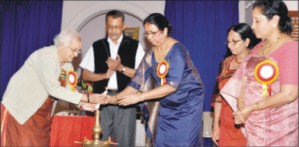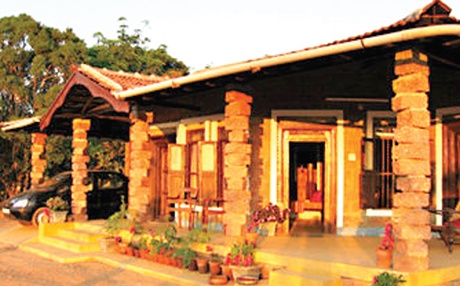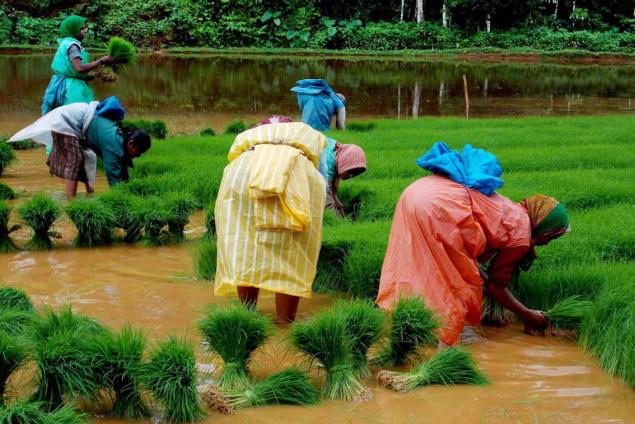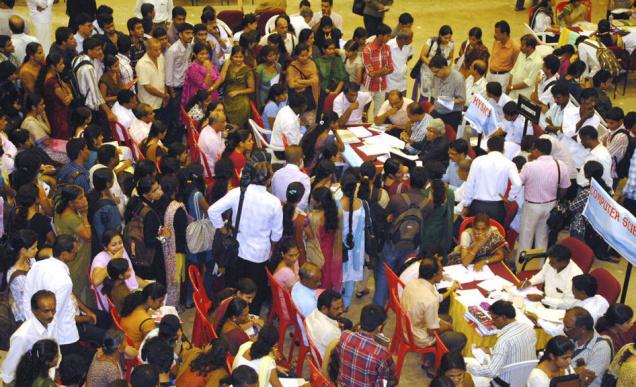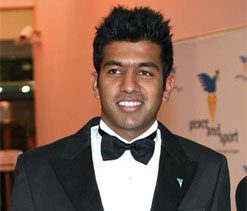
New Delhi:
Rohan Bopanna is content that the sacrifices he made in his tennis journey paid off as he became world number three but the Indian tennis star`s hunger for success has only increased and he now wants to become number one besides notching his first Grand Slam trophy.
Bopanna`s career graph has how a steady rise and in the last two years, he has emerged as a force to reckon with in the doubles arena.
Of his eight titles, six have come in the last three years. Season 2012 was remarkable when he made six finals and won two titles with compatriot Mahesh Bhupathi. In 2011 he won all the three finals with Pakistan`s Aisam-ul-haq Qureshi.
“Discipline has been a key factor to my success. I have always made sure that I put my game ahead of anything else, sometimes even before friends and family. The journey has definitely not been easy but all the sacrifice has paid off very well in terms of my performance on-court. When you get better at your sport, the sacrifices you`ve made in that part don`t really count,” Bopanna said.
Courtesy his semifinal appearance at the Wimbledon, Bopanna, nicknamed `Bofors` for his powerful serve, climbed to number three in rankings early this week, behind formidable American twins Mike and Bob Bryan.
“The number one spot is of priority for me. Though there is no catching up to the Bryan Brothers this year, I am working hard to ensure that I reach the number one spot soon. That ranking is important to me and to get our country up there will certainly be a dream come true,” he said.
Bopanna (5335) is realistic in his calculations as the gap between him and the Bryans is a huge 9125 points. Hence his immediate goal is to add that elusive Grand Slam trophy to his eight ATP Tour titles.
He came close to doing that in the 2010 US Open but ended runners-up with Qureshi to Bryan brothers.
“Right now I have my eyes set on a Grand Slam win. Having reached so far, I want to go all the way and win a Grand Slam for the country,” he said.
Often it is said that Indian players peak late. In fact, Bopanna himself turned pro in 2003 but four of his eight titles have come in the last two years. Asked if at 33, success has come late to him, He said, “Better late than never.”
“As an athlete, success is not just about winning, it is about working hard and giving it all you have. I have always taken one match at a time and worked hard, when I succeeded I worked further on the aspects of the game which worked for me; when I failed, I listed out my weaknesses and worked on them. So, if you look at the bigger picture every game has been a learning curve,” he said.
Bopanna has always played under the shadow of India`s two most remarkable stalwarts — Leander Paes and Bhupathi — who were the team to beat in the late 1990s and early 21st century before parting ways.
They also have an enviable unbeaten run in the Davis Cup since 1997, winning 23 doubles rubbers.
Now that Bopanna has created his own space in the tennis world, does he feel ready to take the baton from Paes and Bhupathi?
“I have been representing the country for more than a decade. My performances have clearly improved leaps and bounds and if this means I am to take the baton on, I am ready.”
Bopanna also said he has worked hard on his game and that has shown on the court.
“My fitness and volleys have definitely improved over time with a lot of practice. For me, I make sure that I have not just played a match, but learned from it as well ensuring a certain degree of improvement in my game from the last match that I`ve played.”
Bopanna has changed a lot of partners. This season alone, he is set to play with his eighth partner in Germany`s Andre Begemann after a successful experiment with Edourad Roger-Vaselin at Wimbledon.
What forces Bopanna to change partners so frequently?
“Vaselin is concentrating on singles and will only be available to play once the Cincinnati Open starts, so I am partnering with Andre Begemann in the meantime. As a doubles player you have to get the right partner to make sure you yield good results and so I have been changing partners frequently.”
“If finding the right partner means trying out different players and tweaking your game, you have to adjust. It`s all about finding out what works best for you.”
Last year his pairing with Bhupathi was tremendous. They won two titles (Paris and Dubai) and were runners-up at six other events. However, after a failed campaign at London Olympics they could not repeat their performance.
“We had been playing well together for quite some time and when you are playing together for long you tend to understand what works out and what doesn`t.
“We took the decision of changing partners keeping in mind that performing our best was one of the most important aspects of being an athlete. So, I paired up with Vasselin and luckily it worked well for us,” he said.
Does he feel tempted to play with Qureshi, with whom he caught attention of the world by forming the Indo-Pak express that won three titles in 2011 and made 2010 US Open final?
“Aisam and I were a great team and we have moved on from there. Whether or not we pair up again is a question that only time can answer.”
Bopanna, who tied the nuptial knot with Supriya recently, said life has “indeed changed for better” after marriage.
“Supriya accompanies me to different tours and keeps me company. She has also been an incredible support system, encouraging me through and through, helping me perform better.”
PTI
source: http://www.zeenews.india.com / ZeeNews.com / Home> Sports> Tennis / by PTI / Sunday – July 28th, 2013
